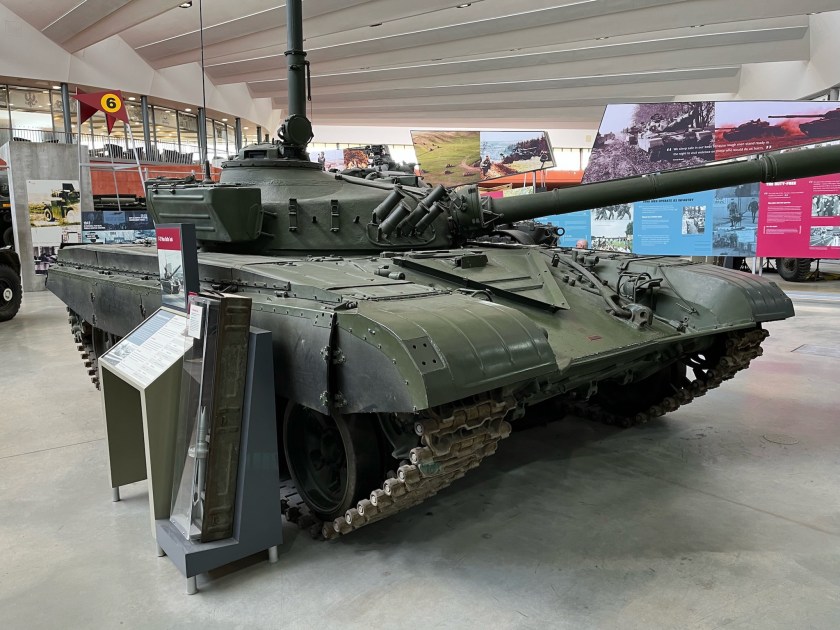This Emperor’s Children Legion Land Raider Proteus was on display at Warhammer World.

The Land Raider is regarded by many as the finest armoured fighting vehicle of its class in the Imperium’s arsenal, and is the mainstay battle tank of the Space Marine Legions. It is a phenomenally powerful war machine, its multi-layered composite armour and reinforced hull all but impervious to even heavy weapons, being a sealed unit designed to resist enemy attack from any approach. Intended to serve in almost any environment as both war machine and exploration vehicle, it can operate freely in war zones ranging from acid swamps to rad-deserts without any noticeable impediment to its performance, and can even operate in hard vacuum, ensuring there is no open battlefield on which its armoured wrath cannot be unleashed.
Those of us who have been playing Warhammer 40K since it was first released will recognise this model. It is of course a new version of the original Land Raider that was released back in 1987 following the release of the 1st edition of Warhammer 40,000, Rogue Trader. Forge World released a resin version a fair few years ago, and since then, a plastic version of the kit has been released as part of The Horus Heresy range.
Legions Astartes Land Raider Proteus Miniatures Gallery
Space Marine Land Raider Proteus in Warhammer 40K Miniatures Gallery.

































